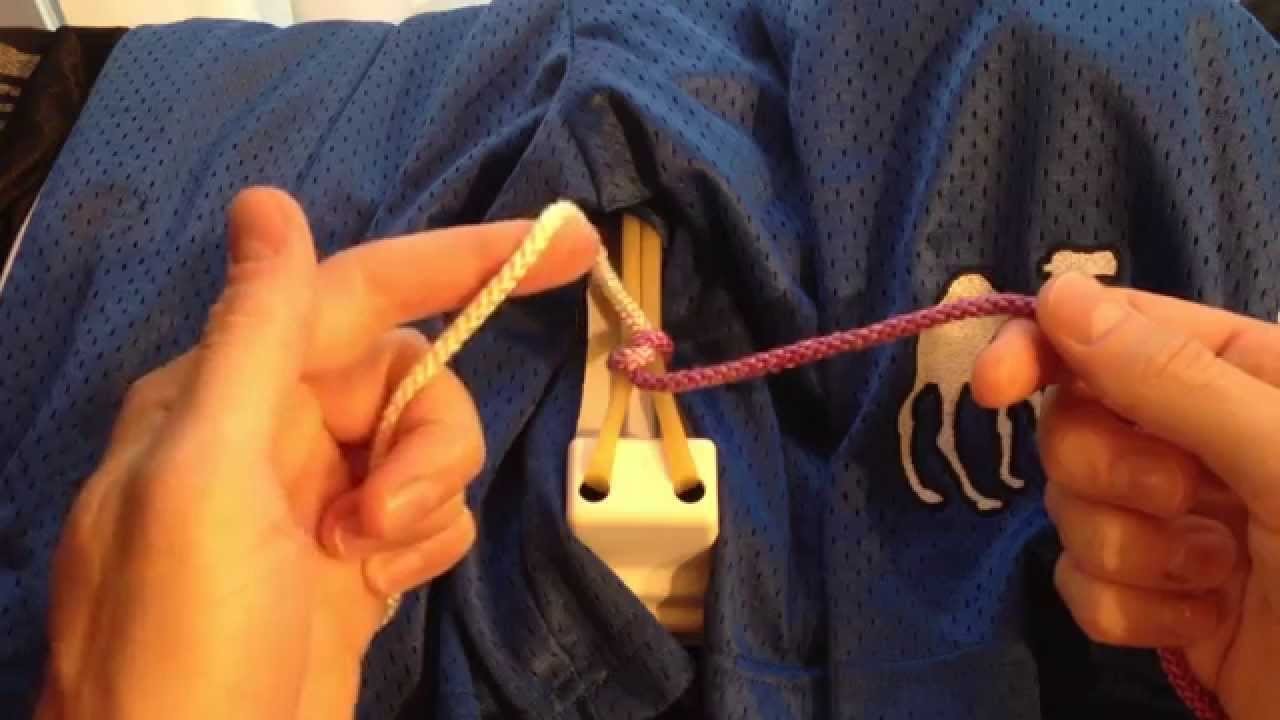

It supplies a degree of resistance to reverse slippage equivalent to a surgeons knot. The Tayside knot is safe for use with any braided material. Mishra instead of the Roeder knot to tie the medial end of the cystic duct during Cholecystectomy and to fix the cystic duct drainage cannula after trans-cystic clearance of ductal stones, as catgut is no longer available. The Meltzer knot is now used by the Prof. This modification of the Roeder knot was described in 1991 by Meltzer for use with PDS, and has now superceded the use of Roeder’s knot.

The knot chosen to complete the loop depends on the clinical situation and the material in use. The mechanics of this are detailed in the appropriate procedure card. It must be long enough to have the knot pusher threaded on to it, to be passed into the abdomen, round the structure to be ligated and to be brought out again and still have sufficient length for the surgeon to tie his / her knot. They are Ī long length of ligature is required (100cm). They should be sufficient to cover most clinical situations. Two types of externally tied slip knot are generally used in World Laparoscopy Hospital. It uses the same principles as ligation with a pie-tied loop but requires the surgeon to position the ligature prior to tying the knot, which forms the loop.

This technique is used to ligate larger vessels during dissection and is used routinely, in our practice to ligate the cystic duct during laparoscopic Cholecystectomy. Ligation in continuity requires the ability to tie one of the described externally tied slip knots.


 0 kommentar(er)
0 kommentar(er)
